Filter by
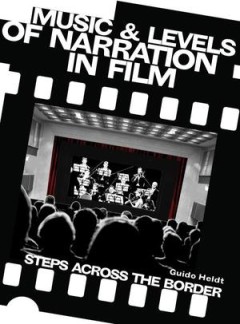
Music and Levels of Narration in Film
This is the first book-length study of the narratology of film music, and an indispensable resource for anyone researching or studying film music or film narratology. It surveys the so far piecemeal discussion of narratological concepts in film music studies, and tries to (cautiously) systematize them, and to expand and refine them with reference to ideas from general narratology and film narra…
- Edition
- -
- ISBN/ISSN
- 9781783202102
- Collation
- -
- Series Title
- -
- Call Number
- 791.43 GUI m
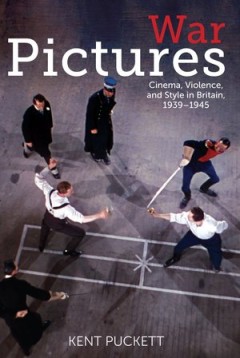
War Pictures: Cinema, History, and Violence in Britain, 1939-1945
In 'War Pictures', Puckett looks at how Britain imagined, saw, and sought to represent its war during wartime. How did the material and conceptual pressures of total war affect what it meant to see or to make art? How did culture and, in particular, cinema function as propaganda, as criticism, as a form of self-analysis, as a reflection on war and the kinds of violence it tends to unleash? How …
- Edition
- -
- ISBN/ISSN
- 9780823275748
- Collation
- -
- Series Title
- -
- Call Number
- 777 PUC w
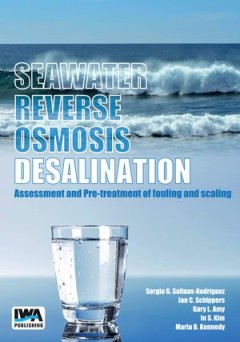
The power of vulnerability: Mobilising affect in feminist, queer and anti-rac…
The power of vulnerability interrogates the new language of vulnerability that has emerged in feminist, queer and anti-racist debates about the production, use and meanings of media. The book investigates the historical legacies and contemporary forms and effects of this language. In today’s media culture, traumatic first-person or group narratives have popular currency, mobilising affect fro…
- Edition
- -
- ISBN/ISSN
- 9781526133113
- Collation
- -
- Series Title
- -
- Call Number
- -

The Cinema of Mika Kaurismäki: Transvergent Cinescapes, Emergent Identities
Mika Kaurismäki's films challenge many boundaries – national societies, genre formations, art/popular culture, fiction/documentary, humanity/nature and problematic distinctions between different zones of development. Synthesizing concepts from a range of thematic frameworks – e.g. auteurism, eco-philosophy, genre, cartography, cineaste networks, global reception, distribution a…
- Edition
- -
- ISBN/ISSN
- 9781841504094
- Collation
- -
- Series Title
- -
- Call Number
- 791.43 KAA c
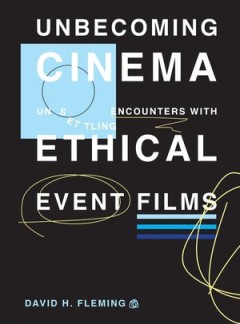
Unbecoming Cinema: Unsettling Encounters With Ethical Event Films
Unbecoming Cinema constitutes a welcome addition to texts that provide a film-philosophical perspective on films that otherwise take on and involve difficult subject matter, including in this case suicide, autistic worldviews, hallucinatory aesthetics and vomit-gore. The book in effect argues successfully and intelligently that even though hard to watch, many of these films can provide for view…
- Edition
- -
- ISBN/ISSN
- 9781783207756
- Collation
- -
- Series Title
- -
- Call Number
- 791.43 FLE u
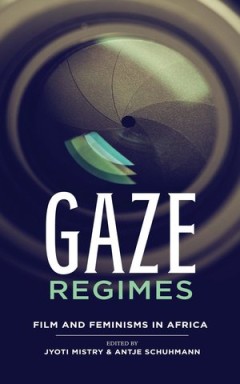
Gaze Regimes: Film and Feminisms in Africa
Gaze Regimes is a bricolage of essays and interviews showcasing the experiences of women working in film, either directly as practitioners or in other areas such as curators, festival programme directors or fundraisers. It does not shy away from questioning the relations of power in the practice of filmmaking and the power invested in the gaze itself. Who is looking and who is being looked at, …
- Edition
- -
- ISBN/ISSN
- 9781868146888
- Collation
- -
- Series Title
- -
- Call Number
- 791.43 GAZ g
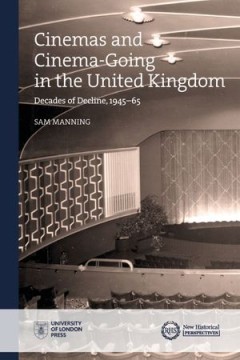
Cinemas and Cinema-Going in the United Kingdom: Decades of Decline, 1945–65
Cinema-going was the most popular commercial leisure activity in the first half of the twentieth century, peaking in 1946 with 1.6 billion recorded admissions. Though ‘going to the pictures’ remained a popular pastime, the transition to peacetime altered citizens’ leisure habits. During the 1950s increased affluence, the growth of television ownership and the diversification of leisure le…
- Edition
- -
- ISBN/ISSN
- 9781912702367
- Collation
- -
- Series Title
- -
- Call Number
- 777 MAN c
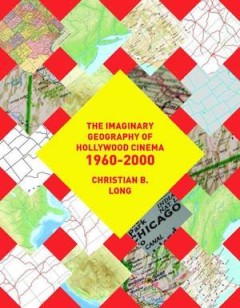
The Imaginary Geography of Hollywood Cinema 1960–2000
The Imaginary Geography of Hollywood Cinema 1960-2000 combines digital cartography with close readings of representative films to write a history of twentieth century Hollywood narrative cinema at the intersection of the geographies of narrative location, production, consumption and taste in the post-classical era, before the rise of digital cinema. This text reorients and redraws the boundarie…
- Edition
- -
- ISBN/ISSN
- 9781783208296
- Collation
- -
- Series Title
- -
- Call Number
- 791.43 LON i
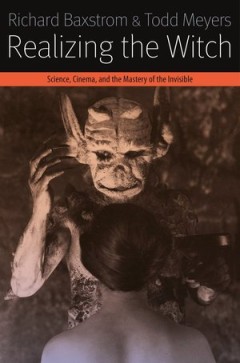
Realizing the Witch: Science, Cinema, and the Mastery of the Invisible
Benjamin Christensen's Häxan (The Witch, 1922) stands as a singular film within the history of cinema. Deftly weaving contemporary scientific analysis and powerfully staged historical scenes of satanic initiation, confession under torture, possession, and persecution, Häxan creatively blends spectacle and argument to provoke a humanist re-evaluation of witchcraft in European history as well a…
- Edition
- -
- ISBN/ISSN
- 9780823274871
- Collation
- -
- Series Title
- -
- Call Number
- 791.43 BAX r
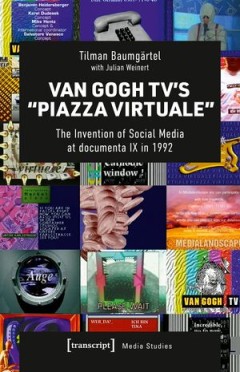
Van Gogh TV's »Piazza Virtuale: The Invention of Social Media at documenta I…
Piazza virtuale by the group of artists known as Van Gogh TV was not only the biggest art project ever to appear on television, but from a contemporary point of view the project was also a forerunner of today's social media. The ground-breaking event that took place during the 100 days of documenta IX in 1992 was an early experiment with entirely user-created content. This is the first book-len…
- Edition
- -
- ISBN/ISSN
- 9783839460665
- Collation
- -
- Series Title
- -
- Call Number
- 302.234 5 BAU v
 Computer Science, Information & General Works
Computer Science, Information & General Works  Philosophy & Psychology
Philosophy & Psychology  Religion
Religion  Social Sciences
Social Sciences  Language
Language  Pure Science
Pure Science  Applied Sciences
Applied Sciences  Art & Recreation
Art & Recreation  Literature
Literature  History & Geography
History & Geography